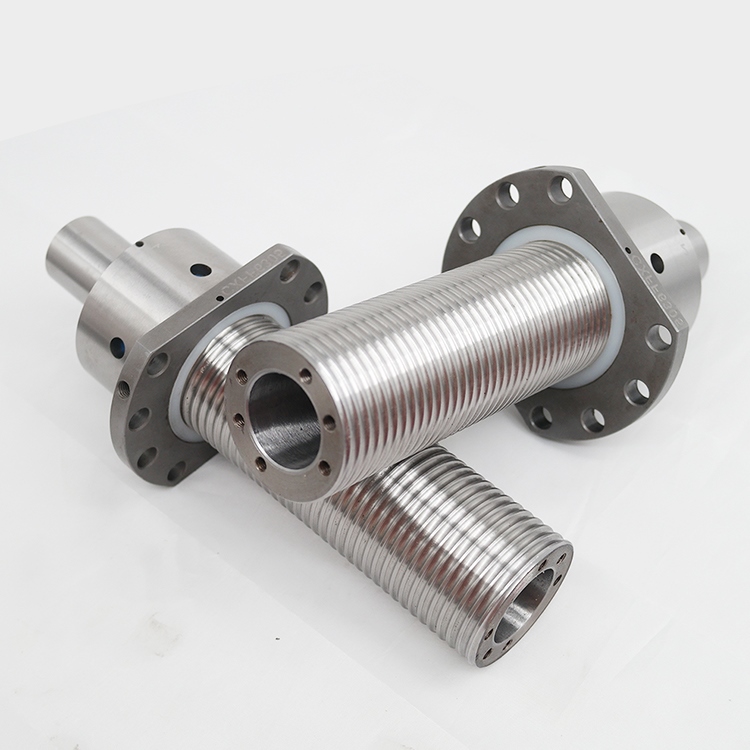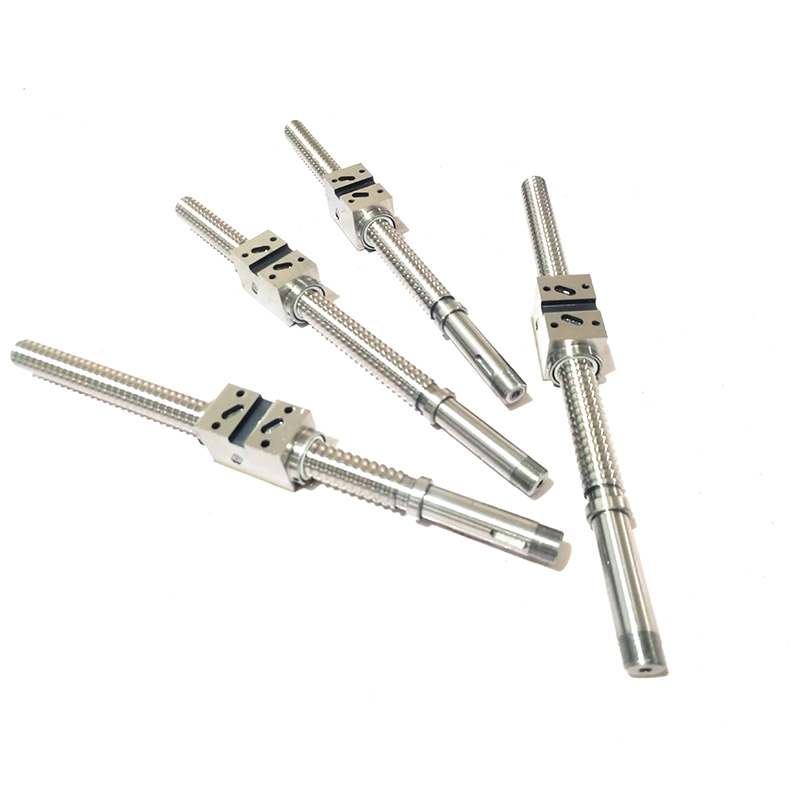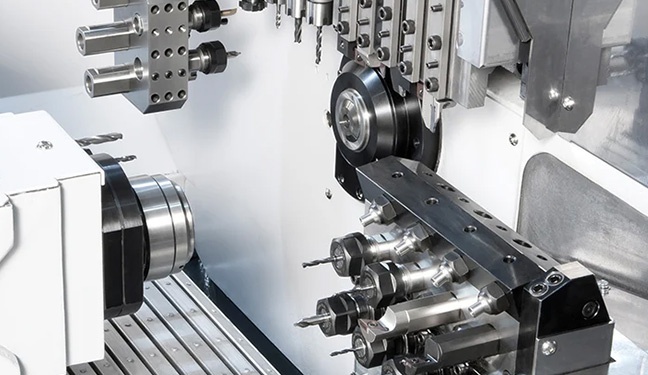Ball Screw Selection Guide
Feb 28, 2025
Ball screw is an efficient transmission element that converts rotary motion into linear motion. It is widely used in CNC machine tools, automation equipment, precision instruments and other fields. Correct selection is essential to ensure equipment performance and extend service life. This article will introduce the key steps and precautions for ball screw selection in detail.
1. Determine the load conditions
1.1 Axial load
Axial load is the primary consideration for ball screw selection. It is necessary to calculate the maximum axial force applied to the screw during operation. The calculation formula for axial load is:
1.2 Radial load and bending moment
In some applications, ball screws may be subjected to radial loads or bending moments. These loads affect the life and accuracy of the screw, so comprehensive considerations are required when selecting.
2. Determine the stroke and speed
2.1 Stroke
The stroke refers to the maximum distance the ball screw needs to move. Determine the stroke according to the range of motion of the equipment and ensure that the length of the selected screw meets the requirements.
2.2 Speed
Speed includes maximum moving speed and acceleration. According to the working requirements of the equipment, calculate the required moving speed and acceleration to ensure that the lead and speed of the selected screw can meet the speed requirements.
3. Select the lead and accuracy
3.1 Lead
The lead refers to the distance the nut moves for each turn of the screw. The choice of lead directly affects the moving speed and resolution. The larger the lead, the faster the moving speed, but the lower the resolution; the smaller the lead, the higher the resolution, but the slower the moving speed.
3.2 Accuracy
Accuracy is an important performance indicator of ball screws, including positioning accuracy and repeat positioning accuracy. According to the accuracy requirements of the equipment, select the appropriate accuracy grade. Common accuracy grades are C0, C1, C2, C3, C5, C7, C10, etc. The smaller the number, the higher the accuracy.
4. Determine the screw diameter and length
4.1 Screw diameter
The selection of screw diameter is mainly based on axial load and speed. The larger the diameter, the stronger the load-bearing capacity, but the weight and cost are also higher. Select the appropriate diameter according to the load and speed requirements.
4.2 Screw length
The selection of screw length needs to consider the stroke and installation space. Too long length may cause deflection, affecting accuracy and life, so it is necessary to select the appropriate length according to the actual situation.
5. Select nut type
The nut types of ball screws include single nut and double nut. Single nut has a simple structure and low cost, but small preload; double nut has large preload and good rigidity, which is suitable for occasions with high precision and high rigidity requirements.
6. Consider lubrication and sealing
6.1 Lubrication
Good lubrication can reduce friction and extend the life of the screw. Select the appropriate lubrication method according to the use environment, such as grease lubrication or oil lubrication.
6.2 Sealing
The sealing device can prevent dust and impurities from entering the screw and affecting accuracy and life. Select the appropriate sealing method according to the use environment, such as dust ring or sealing ring.
Conclusion
The selection of ball screw is a complex process, which requires comprehensive consideration of multiple factors such as load, speed, accuracy, life, etc. Through scientific selection methods, it can ensure that the ball screw performs best in the equipment, prolongs the service life, and improves the reliability of the equipment. We hope this article can provide valuable reference for your ball screw selection. If you have any needs, please contact us for more information.


 Network Supported
Network Supported